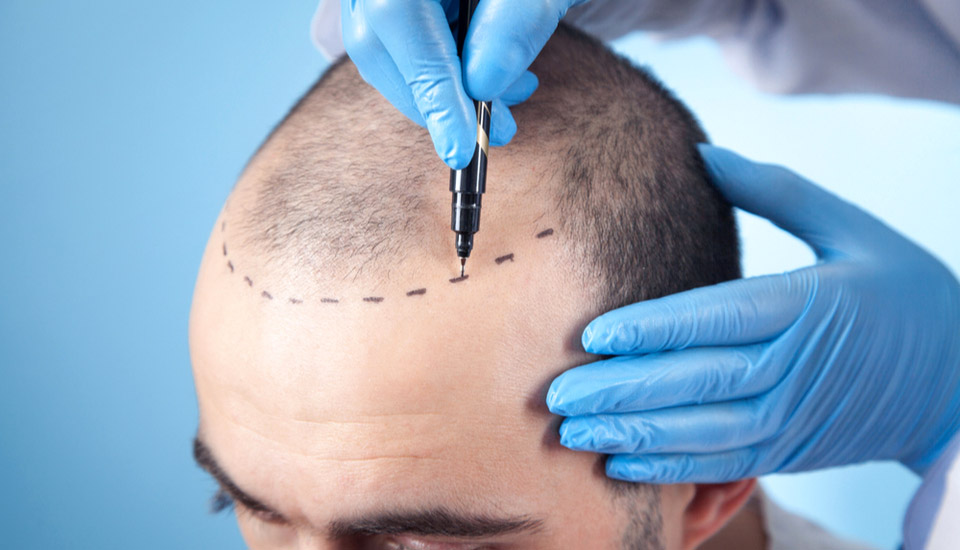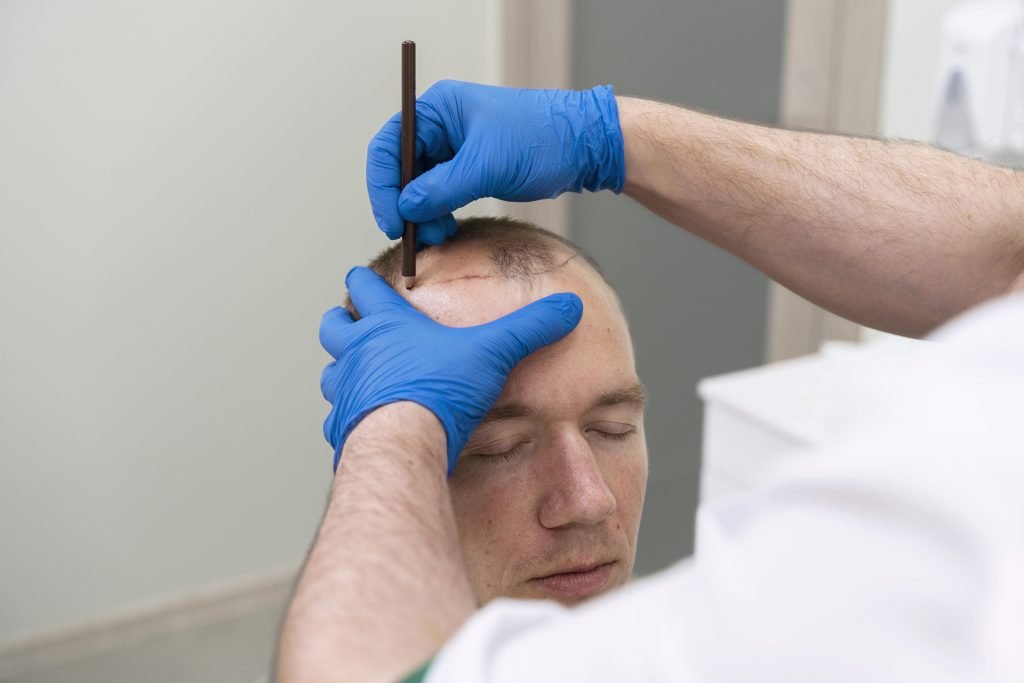Are you tired of your dull, lifeless hair? Do you want to add some excitement and color to your locks? Hair dye is a popular solution for those looking to change up their hairstyle. However, have you considered the impact that hair dye can have on future hair restoration procedures? In this blog post, we’ll explore the effects that coloring agents can have on hair transplant surgeries and other restoration treatments. Let’s dive in!
Table of Contents
Introduction to Hair Transplant Procedures
Hair transplant procedures have been used for many years to restore hair loss caused by various factors, including alopecia, genetic balding, and traumatic injury. In recent years, the use of hair dye has become increasingly popular, especially among women. While the occasional use of hair dye is unlikely to cause any problems, repeated or prolonged exposure may have an impact on hair transplant procedures.
There are two main types of hair transplant procedures: follicular unit transplantation (FUT) and follicular unit extraction (FUE). In FUT, a strip of skin containing healthy hair follicles is removed from the back or side of the head and transplanted to the balding area. In FUE, individual hair follicles are extracted from the donor area and transplanted to the recipient site.
Hair dye can contain a number of chemicals that may be harmful to the scalp and hair follicles. These chemicals can be absorbed into the skin and potentially interfere with the growth of new hairs following a transplant procedure. In addition, dyed hair may be more difficult to remove from the donor area during an FUT procedure. As a result, it is important to discuss yourhairdyeing habits with your surgeon prior to undergoing a hair transplant procedure.
The Effects of Hair Dye on Hair Restoration
While the use of hair dye has become increasingly popular, there is still some debate as to whether or not it can have an impact on hair restoration procedures. Some studies have shown that hair dye can actually cause damage to the hair follicles, which can lead to hair loss. However, other studies have shown that hair dye does not seem to have any significant effect on hair restoration procedures. Overall, the research on this topic is inconclusive and more studies need to be conducted in order to determine the true effects of hair dye on hair restoration procedures.
Pros and Cons of Using Hair Dye During a Hair Transplant Procedure
Hair dye can have both positive and negative effects on hair transplant procedures. On the positive side, hair dye can help to camouflage the scars from the procedure and can also help to cover up any existing hair loss. On the negative side, hair dye can cause the transplanted hair to fall out more quickly and can also increase the risk of infection.
Types of Hair Dyes Used in Hair Restoration Procedures
There are two main types of hair dyes used in hair restoration procedures: semi-permanent and permanent. Semi-permanent hair dyes only penetrate the outermost layer of the hair shaft and typically last for about 6 to 8 weeks. Permanent hair dyes, on the other hand, penetrate all three layers of the hair shaft and can last for up to several months.
Both types of hair dyes can be used in conjunction with other hair restoration treatments, such as hair transplants, to help camouflage any scarring or inconsistencies in color. When choosing a hair dye for a hair restoration procedure, it is important to consult with a qualified doctor or stylist to ensure that you are choosing the right type of dye for your specific needs.
Tips for Safely Colouring Your Hair After a Hair Transplant
It’s no secret that hair transplant patients must take extra care of their “new” hair. In order to keep your results looking natural and healthy, it is advised that you avoid any harsh chemicals or heat treatments for at least the first 3-6 months post-procedure. This includes hair colouring.
While it may be tempting to dye your hair to camouflage any new growth, it’s important to resist the urge and wait until your doctor gives you the all clear. Once you are given the okay, there are still some things you should keep in mind when colouring your hair after a hair transplant.
Here are some tips for safely colouring your hair post-transplant:
-Choose ammonia-free and gentle hair colours specifically designed for use after a hair transplant.
-Avoid dark colours, as they can irritate the scalp and cause inflammation.
-Test the colour on a small section of skin before applying it to your scalp.
-Apply the colour gently and evenly, taking care not to pull on the transplanted hairs.
-Rinse the colour out with cool water and avoid using shampoo for 48 hours afterwards.
Alternatives to Colouring Your Hair After a Procedure
Although hair dye is generally safe to use after a hair restoration procedure, there are some alternative methods of coloring your hair that may be more gentle on your newly transplanted hair follicles. One alternative is to use Highlights instead of all-over color. Highlights add dimension to your hair without the harsh chemicals of traditional hair dyes. Another option is to use semi-permanent or demi-permanent color, which uses smaller molecules that penetrate the hair shaft less than permanent dyes. These types of color can also be less drying to your hair.
Conclusion
In conclusion, hair dye can have a major impact on the success of hair restoration procedures. It’s important to discuss with your doctor or specialist about any recent changes in color or styling that you may have made so that they can take it into account when planning and performing the procedure. With proper care and attention before, during, and after your treatment, you will be able to enjoy beautiful and healthy results for years to come!



